Photos: Rock Art May Depict One of First Volcanic Eruptions That Humans Ever Drew
Footprint analysis
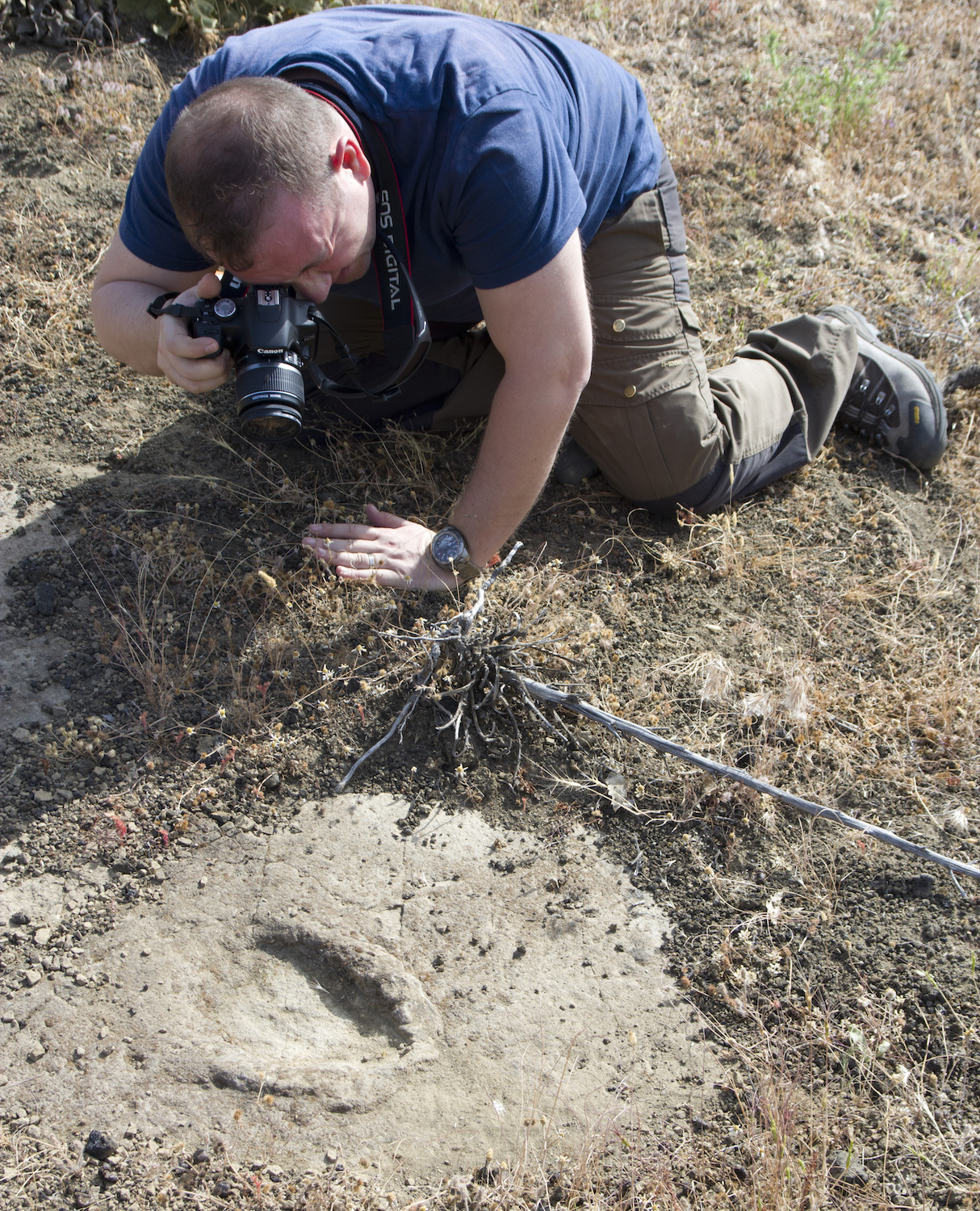
Researchers have known about the well-preserved footprints near Çakallar volcano, in Turkey, since the 1960s. But assigning a date to these prints has been challenging. In a new study, researchers found that the prints were made during the Bronze Age, about 4,700 years ago.
Here, a researcher takes a photo of one of the ancient prints for 3D modeling. [Read more about the ancient footprints and rock art]
Çakallar volcano
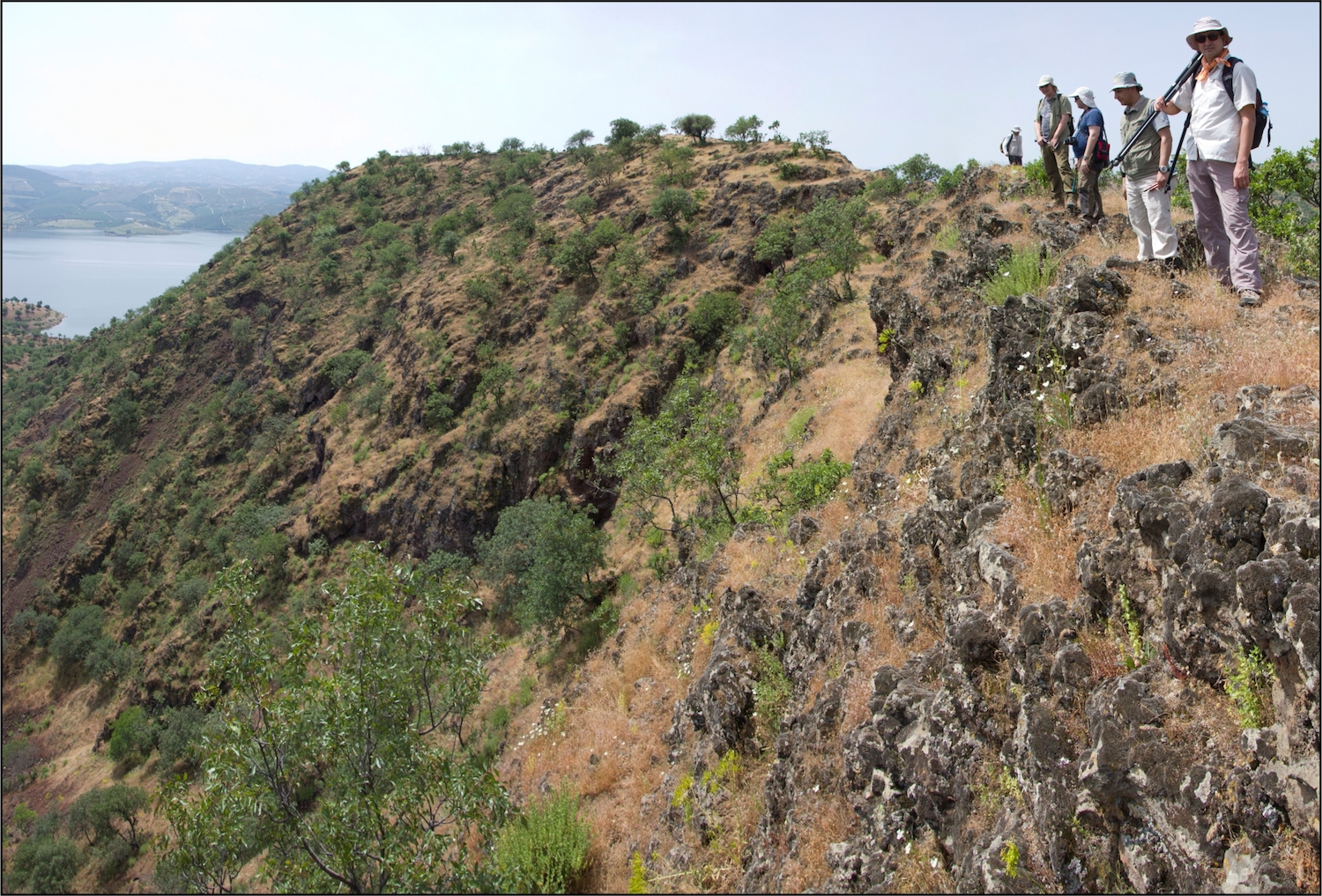
Researchers take a breather at the top of Çakallar volcano in western Turkey. During this particular field study, they were doing cosmogenic chlorine exposure dating, which allowed them to measure how long the volcanic rocks have been sitting near the Earth's surface.
Human prints
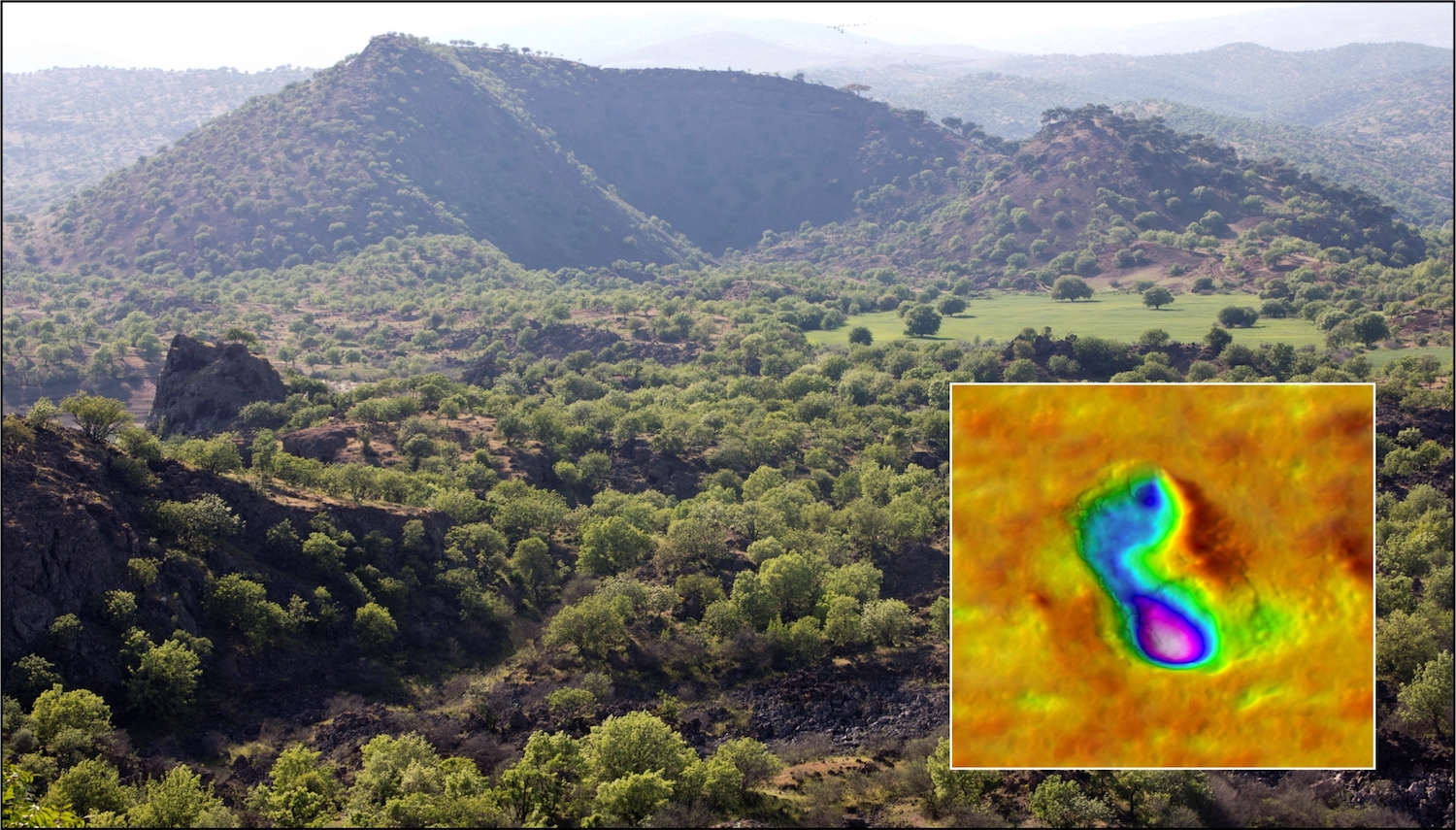
Çakallar volcano, as seen from the southeast. The overlay is a 3D model of one of the Bronze Age prints, known as the "Kula footprints" because they are in Kula Volcanic Geopark.
Hikers and artists
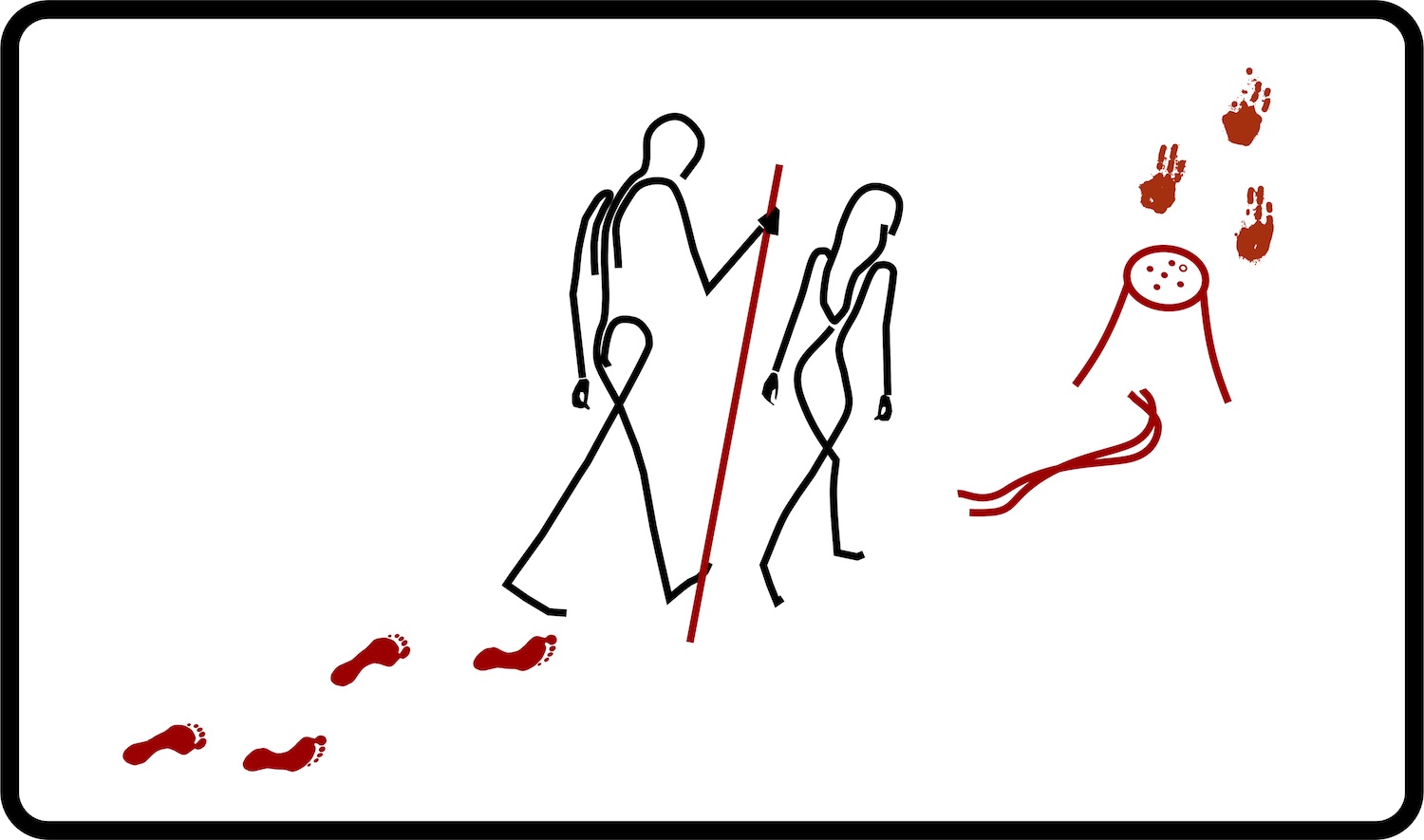
This depiction shows Bronze Age people leaving their footprints in the volcanic ash and then later illustrating the volcano's massive eruption on a rock shelter about 1.2 miles (2 kilometers) away. The prints indicate that these ancient people were walking with staffs.
Ancient rock art
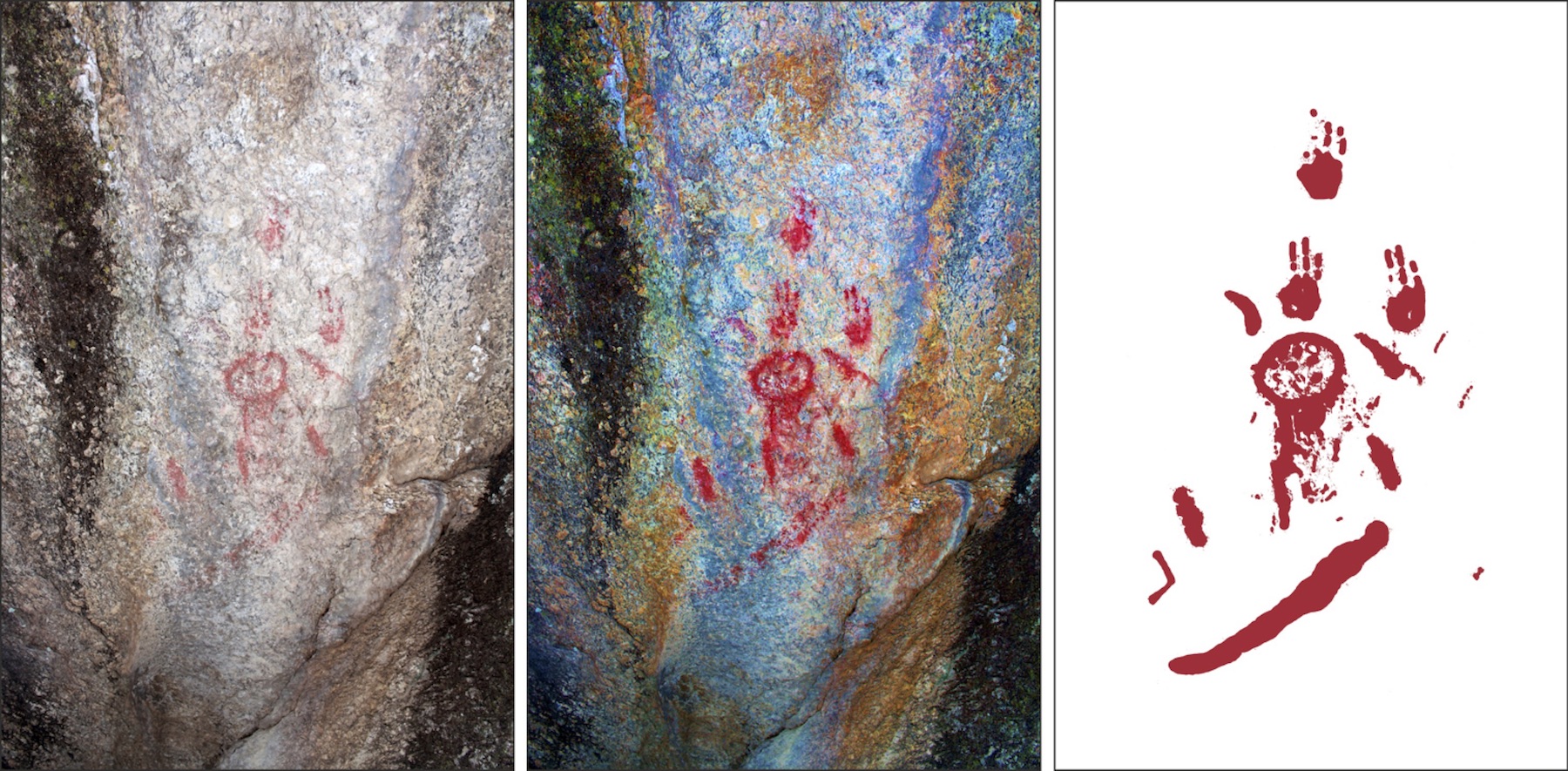
From left to right: Ancient humans painted this illustration on a rock shelter, just a 20-minute walk from where Bronze Age human footprints were found in volcanic ash; a color-enhanced version of the rock art, which enhances the cone-shaped feature, the lower elongated line, the three-fingered handprints and other details; a reconstructed version of the painting.
Rock shelter
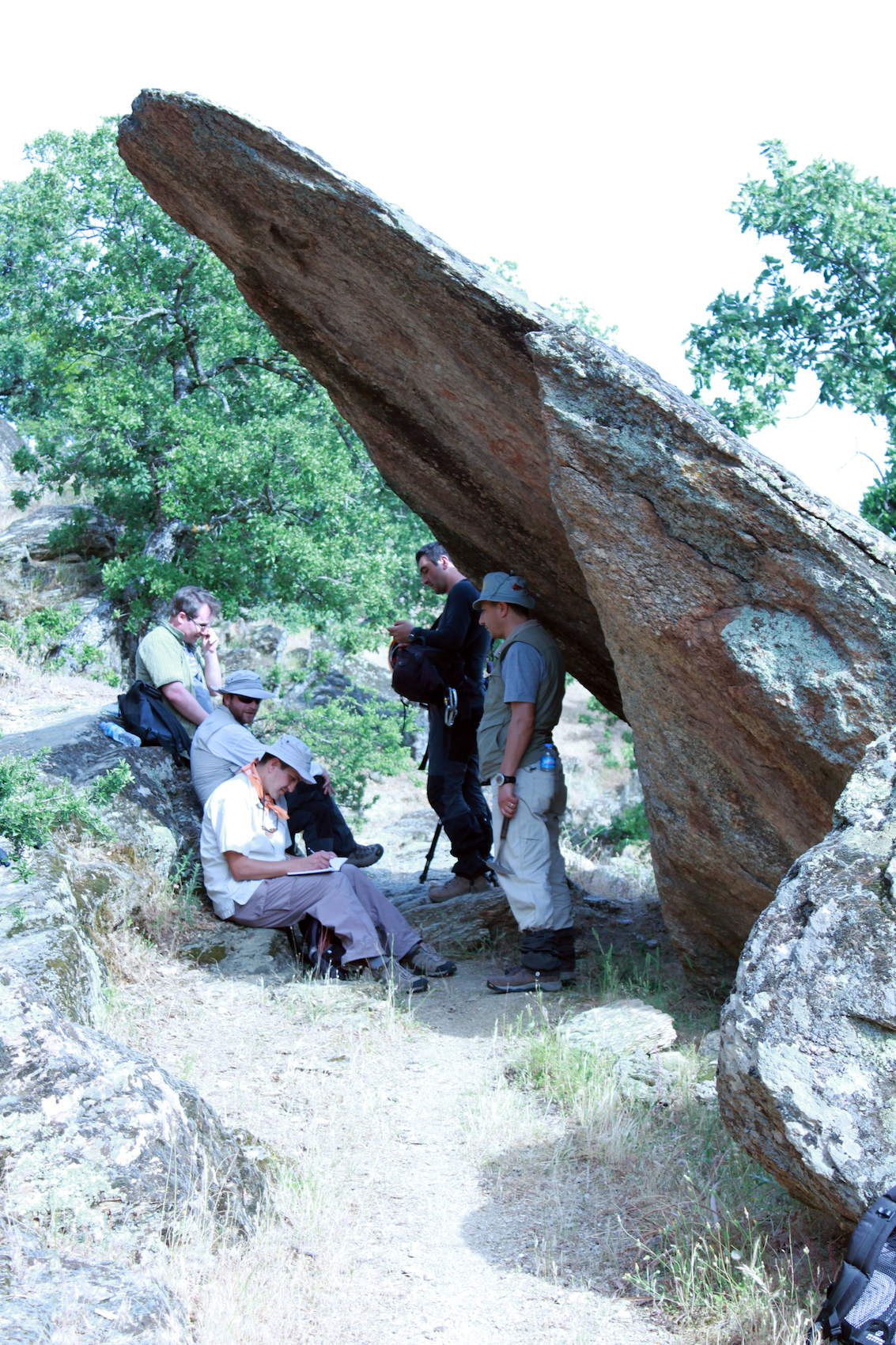
Researchers gather under the rock shelter where the pictograph was drawn.
Careful fieldwork
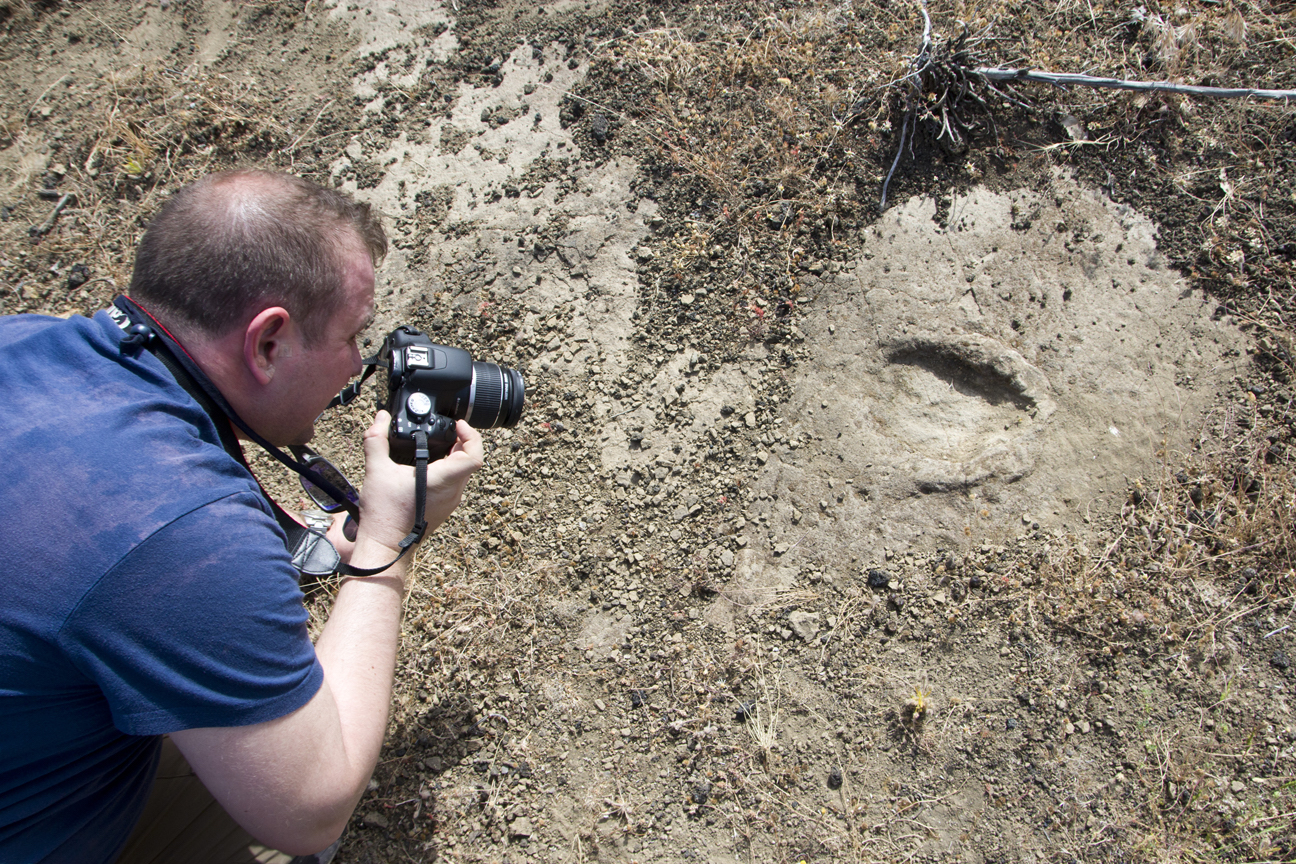
A researcher takes a photo of a footprint for 3D modeling. It's unclear if this print belongs to a human or animal.
Sign up for the Live Science daily newsletter now
Get the world’s most fascinating discoveries delivered straight to your inbox.
Toes to heel
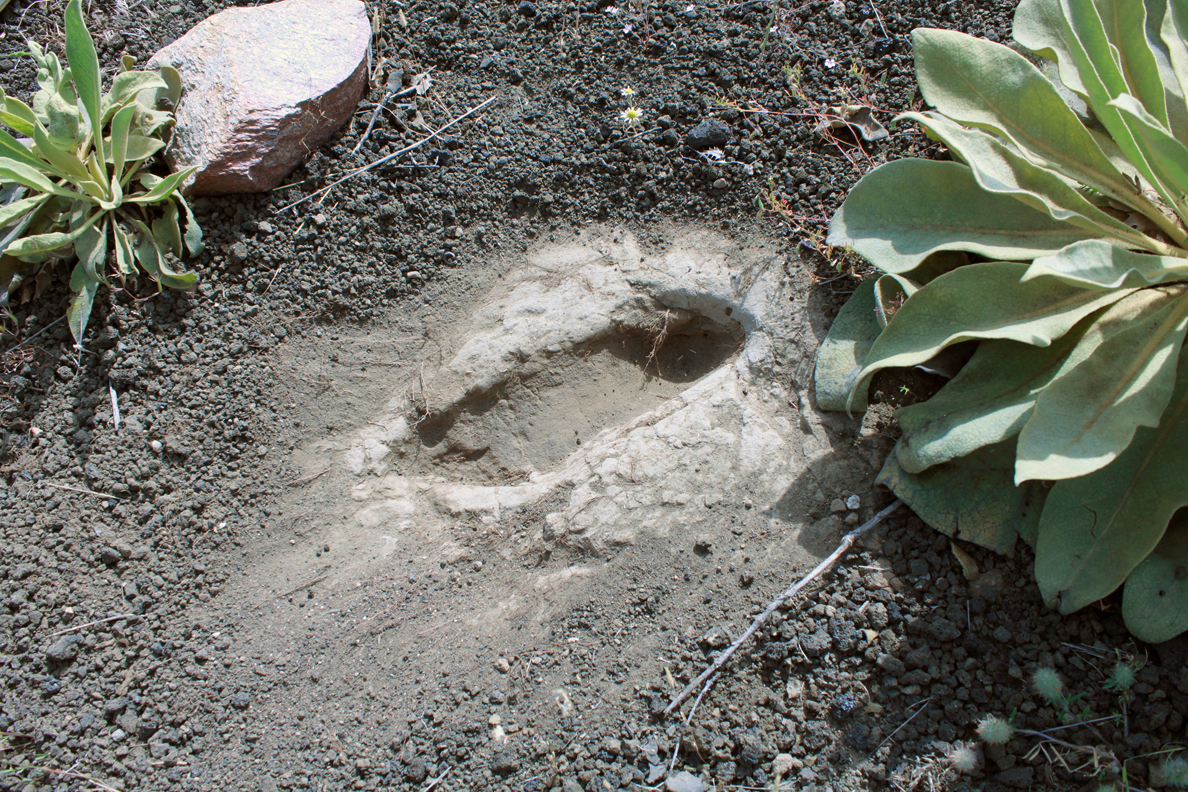
One of the ancient human footprints at the site. This footprint is embedded in a layer of volcanic ash. Soon after it was left, it was covered by scoria, a volcanic rock with a frothy texture, which is why this print was preserved for thousands of years.
True colors
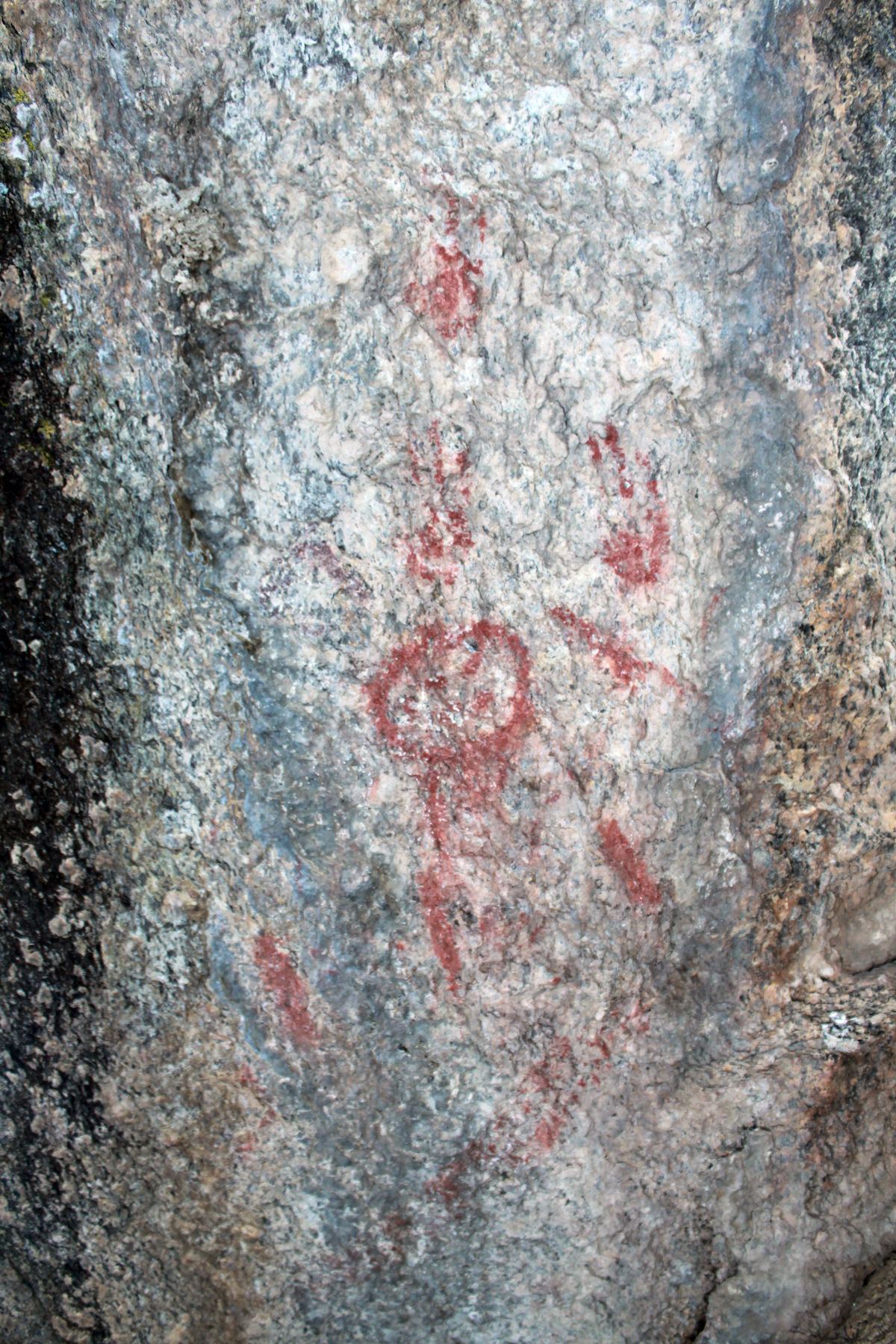
A view of the ancient rock painting showing in its true red color.

Laura is the archaeology and Life's Little Mysteries editor at Live Science. She also reports on general science, including paleontology. Her work has appeared in The New York Times, Scholastic, Popular Science and Spectrum, a site on autism research. She has won multiple awards from the Society of Professional Journalists and the Washington Newspaper Publishers Association for her reporting at a weekly newspaper near Seattle. Laura holds a bachelor's degree in English literature and psychology from Washington University in St. Louis and a master's degree in science writing from NYU.









